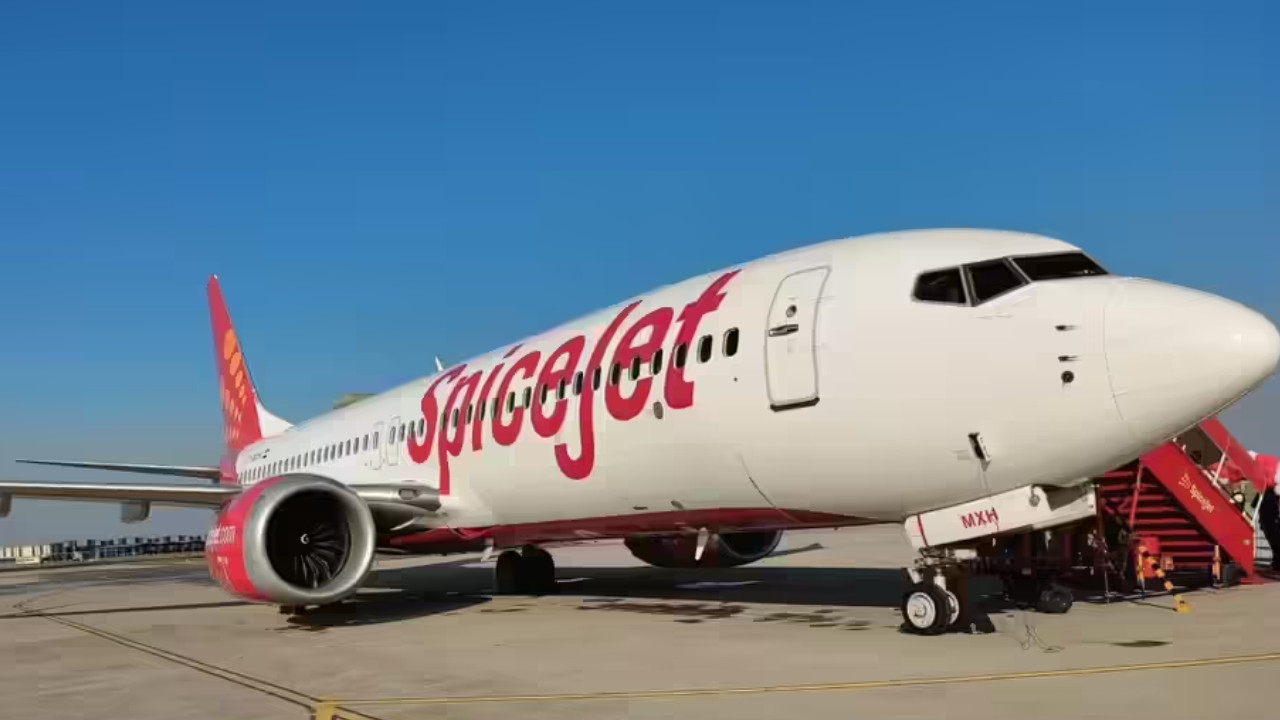Air India Express faced DGCA scrutiny for allegedly falsifying compliance documents related to Airbus A320 engine maintenance, following a European Union Aviation Safety Agency directive. The airline reportedly missed deadlines for replacing critical engine components, prompting internal disciplinary actions.
The Ghost in the Machine: Were Shortcuts to Blame for the Air India Express Engine Troubles?
The aviation world is a tightly wound spring of precision, where every bolt, every wire, every log entry matters. A hair out of place can have catastrophic consequences. So, when whispers of potential negligence surface concerning Air India Express and its Airbus engine maintenance, the aviation community – and the flying public – sits up and pays attention. Recent reports suggest a far-from-reassuring scenario: that altered or even forged maintenance records might have played a role in a series of incidents, including delays in fixing an Airbus engine prior to the AI-171 Dreamliner crash.
Let’s unpack this.
The Directorate General of Civil Aviation (DGCA), India’s aviation regulator, apparently raised serious concerns with Air India Express months before the AI-171 incident. These concerns weren’t about a loose bolt or a flickering light; they went to the very heart of aircraft maintenance: the integrity of the records themselves. The claim? That some records were potentially doctored or even outright fabricated.
What makes this particularly alarming is the alleged connection to delays in critical engine repairs. If maintenance records are inaccurate or incomplete, how can engineers be sure they’re addressing the right problems? How can they be certain the aircraft is safe to fly? The answer, quite simply, is they can’t. This creates a ripple effect of uncertainty that undermines the entire safety framework of air travel.
Imagine a doctor relying on a patient’s medical history riddled with falsehoods. The diagnosis would be flawed, the treatment potentially dangerous. The same principle applies to aircraft maintenance. A distorted record is a dangerous thing.
The AI-171 incident, involving a Dreamliner, served as a stark reminder of the high stakes involved. While investigations are ongoing to determine the precise cause of that crash, the DGCA’s earlier warnings about Air India Express’s maintenance practices cast a long, ominous shadow. Were these alleged lapses a contributing factor? It’s a question that demands thorough and transparent investigation.
Diving Deeper into the Air India Express Maintenance Concerns
The specifics of the alleged forgeries haven’t been fully revealed, but the implications are deeply troubling. Were vital inspections skipped and then falsely documented as completed? Were faulty parts replaced with unapproved alternatives, masked by falsified paperwork? These are the kinds of questions that regulators and investigators will be rigorously pursuing.

The alleged delays in airbus engine maintenance are also critical. Time is of the essence when dealing with aircraft issues. A minor problem left unattended can quickly escalate into a major hazard. If Air India Express was indeed dragging its feet on necessary repairs, potentially due to falsified records masking the true extent of the problems, it raises serious questions about their commitment to safety.
This situation underscores the vital role of robust oversight and accountability within the aviation industry. Airlines are entrusted with the lives of their passengers and crew, and they must adhere to the highest standards of safety and maintenance. Cutting corners, whether through negligence or deliberate falsification, is simply unacceptable.
We need stringent checks and balances to ensure that airlines are not only meeting regulatory requirements but also fostering a culture of safety and transparency. Whistleblower protection is crucial, empowering employees to report concerns without fear of reprisal. Independent audits can help identify and address potential weaknesses in maintenance programs.
The Path Forward for Aviation Safety
The Air India Express situation serves as a wake-up call. It’s a reminder that aviation safety is not a given, but a continuous process that demands vigilance, integrity, and a relentless commitment to excellence. While the investigation unfolds, the industry must take steps to prevent similar incidents from happening again. Increased regulatory scrutiny, improved training for maintenance personnel, and a renewed focus on transparency are essential.
Furthermore, airlines need to invest in robust record-keeping systems that are resistant to tampering and easily auditable. Technology can play a crucial role here, with digital records and blockchain-based solutions offering enhanced security and traceability.
Ultimately, the safety of the skies depends on the unwavering dedication of everyone involved, from the engineers on the ground to the pilots in the cockpit. And that dedication starts with ensuring the integrity of every single record, every single bolt, every single flight. This relates to the importance of transparent safety protocols and also the need to consider the implications of outsourcing aircraft maintenance, as explored in our article on [the future of aviation engineering](internal-link-to-aviation-engineering-article). The Air India Express case should be a defining moment, one that prompts a renewed commitment to safety and transparency across the aviation industry.







